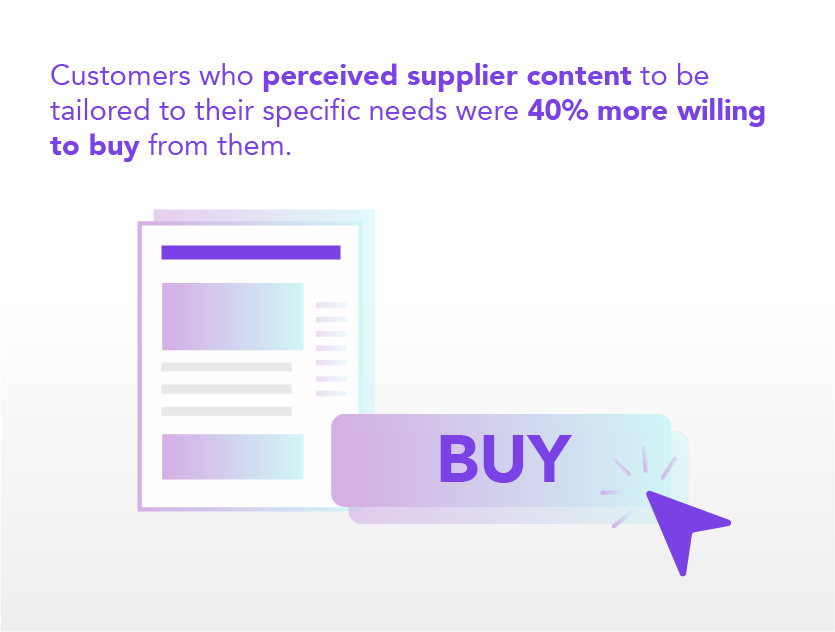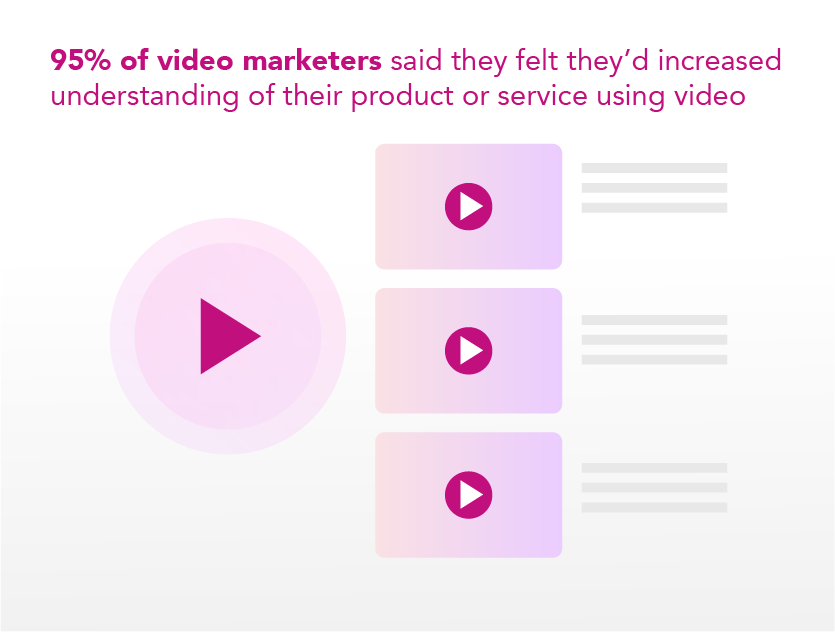

What makes a great case study?

Maybe it’s humour, or maybe it’s the production value. Perhaps it could just be the emotional story at the core of it all.
When you’re thinking about buying something, or reaching out to someone for a service, what’s the first thing you do?
You’ll ask the people around you for recommendations, or you’ll search it up on the internet and then see what the reviews say. As it turns out, 82% of consumers read online reviews for local businesses, with 52% of 18-54-year-olds saying they ‘always’ read reviews.
What’s a business-level equivalent of a user-written review for a brand’s products or services? The case study.
In marketing, case studies are tools that showcase how a company has successfully solved a client’s problem with their product or service.
It sells the company by helping potential clients understand how they have excelled in the past, and shows these potential clients how the company can best assist them with their problems.
Key features
1. The Client
You can’t exactly have a case study if there isn’t a case to study!
Like any review, to build reputability you need to give a little bit of information about your client. What do they do? What industry are they in? All these help to shed some light on the demographics of your client, and portrays the kind of clients you can help — all the better to attract others like them.
2. Intention and Challenge
Flesh out your client like you would a character in a book. Why did your client need or want your services? What challenges did they face which drove them to seek out your business?
You’re showcasing the kinds of problems that your service or product is meant to tackle while keeping it digestible and easy to read.
This lays the groundwork for the next section: what can your business do to solve your client’s challenges?
3. Solution
Talk about your journey! Don’t be afraid to share some of the challenges your company faced while trying to solve your client’s problems, and talk about how you overcame these challenges.
Demonstrate your company’s adaptability and willingness to make adjustments in order to get better results. Everyone likes a little character development.
4. Results
Here’s where you get to flex a little — professionally, of course.
A picture is worth a thousand words, but good statistics sell your business. Numbers and percentages are great ways to display your results.
It may take some convincing. Some clients might be hesitant to share such information that could be considered confidential data. Others might also worry about publicly admitting that they were facing some problems before on the business-front — that’s not exactly the kind of image you’d like to put out if you were a business, after all.
But these statistics aren’t necessarily bad! In fact, showing how they’ve adopted something new to improve their business could demonstrate a willingness to experiment with something new. This in turn could give them good press by shining a spotlight on their innovative company culture.
Don’t forget to pepper in some testimonials from your clients. User reviews can really showcase your company’s competencies in more personal ways.
Storytelling sells
Businesses don’t want to just be ‘general’. They want to stand out, to impress, to attract. And the beauty of a case study is its potential for storytelling, which can really bring a business’ product or service to life.
Case studies that use storytelling even follow the typical narrative arc, moving from an introduction, to rising action, conflict, and finally resolution. By telling a story as opposed to merely listing the product’s benefits, the case study draws on the power of relatability by taking the potential client through the perspective of the client in the story.
Whether it tugs at readers’ heartstrings, or simply serves as a professionally written product review, storytelling in case studies brings a new dimension to advertising.
Catering to your audience
While storytelling is indeed effective, it isn’t a catch-all to making a good case study. Knowing how to adjust the visuals and formatting of your case study to fit the tastes of your target audience is instrumental in attracting and engaging readers.
The case study for Adobe’s services with the Royal Bank of Scotland (RBS) is clean, clear and professional, using plain colours and few images to avoid cluttering the page. At the same time, the case study achieves its goal of advertising Adobe’s services by weaving in quotes from a member of RBS staff, who marvels at the work accomplished by Adobe.
On the flip side, the case study for Amp Agency’s marketing campaign for Patagonia demonstrates how Amp Agency’s services are targeted to more dynamic and artistic clients. The case study is image-heavy, with pictures of smiling staff and customers alike, and the diction used is clean but casual.
In both cases, both companies knew to identify their target audience, and adjusted their case studies to best promote their businesses.
Video Case Studies
As the world around us becomes more and more saturated with information, businesses have to think of new ways to attract our attention. Videos, however, not only present information in an interesting and engaging way, but they are also more accessible.
Not to be caught lagging behind, case studies have also made the switch to video form — which might help clients better understand the product and service available.
Here we have three video examples curated from our branded content picks from our weekly newsletter, Content Confidential (and we’ve also dedicated a whole episode on The Content Show to pick them apart):
Some case study videos can be dull and too technical — they simply don’t engage. Cisco flipped the formula when it told the story of its automated, cloud network solution for Rakuten. An excellent piece of storytelling that makes full use of the capabilities of the medium, using quirky editing and dynamic POV shots to keep the viewer engaged.
Worth watching is also Siemens’ account of an engineering student who created a better prosthetic foot — it received an Honourable Mention in the B2B field, and it is well-deserved. With a compelling narrative that invokes sympathy, and yet inspires at the same time, this video makes full use of the powers of storytelling and delivers.
Unsatisfied with being one of the biggest companies on planet Earth, Google has its sights set on the moon. NASA is using Google Cloud to build stepping stone bases on the moon. Using otherworldly (literally) visuals and a ground soundtrack, Google crafts an extraordinary narrative in which they are the impetus for NASA’s ambitious task.
With change happening around us at breakneck speeds, businesses are always coming up with new ways to make themselves stand apart from the others. Avoid being stale and static — be creative with your case studies!
Want to create a video case study for your brand? Let us help. Reach out to Artur, our Head of Scripted Video & Animation at [email protected].
Read more from Click2View:
- Live videos are the hottest trend to take over the digital marketing world in recent years.
- Read about what we learnt from producing our own newsletter.
- Email marketing is still as crucial as ever.
Sign up to our newsletter for a weekly update on the latest content marketing news. Don’t forget to subscribe to our YouTube channel too!
Click2View is Southeast Asia’s premiere full-service independent B2B content marketing agency servicing clients like Microsoft, Google, Visa, Prudential, and the Lee Kuan Yew School of Public Policy.











